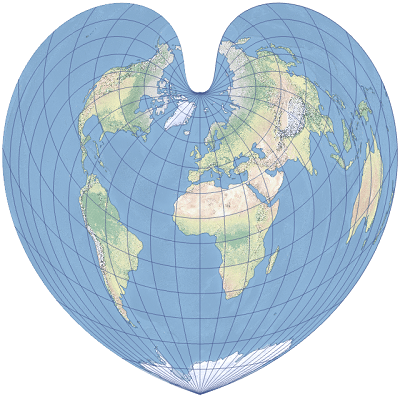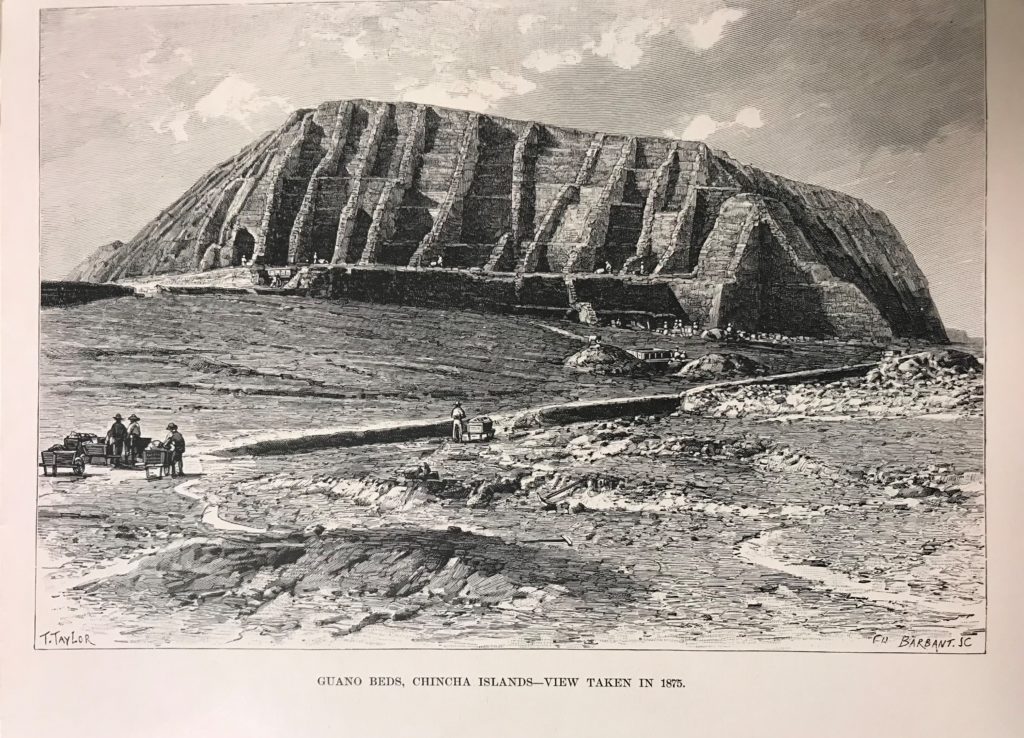When first considering how to arrange the Barbara Drake’s archive, I was focused, also maybe too compelled, on the material. I wanted to delve into the subjects, whether that was tribal history, ecology, cosmology, or curriculum, and parse them out. The collection itself is extensive. The project of sort was certainly one that would take time and patience.
What we forgot, and thankfully our project manager reminded us, was that all these materials were the research, pedagogy, and experiences of Barbara Drake. The arrangement pivoted. Now we’re arranging for her. Who was Mrs. Drake and what did she do? That’s one series. What did she research? That’s two. How to educate and what to educate students with? That’s three.
Barbara Drake, known as “Auntie Barbara” by students, faculty, and staff at Claremont Colleges, was instrumental in fostering collaboration between the local Tongva community and Claremont. I never met her, but I’ve read and heard about her boundless care, mentorship, joy, wisdom, and knowledge. Her research and pedagogy reflected her connection to the earth. To her, the natural world was the center of all life in cultural history, storytelling, tradition, and in part of holistic community.
Based off the stack of ecological materials, I lament not having got to know her and even just taking a class. The amount of knowledge compiled, just on local plants alone, is deeply inspiring. I want to continue a journey on a similar path: to understand better the people and place that I consider my home.


